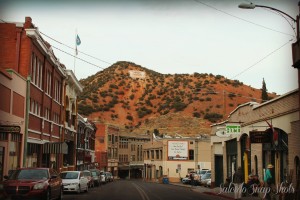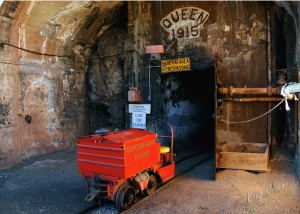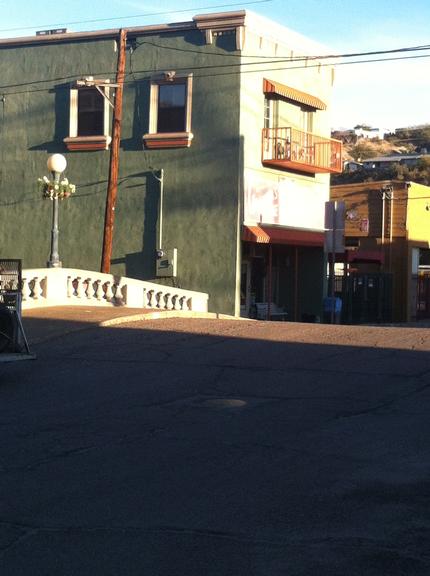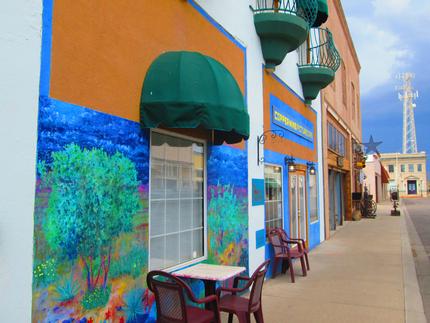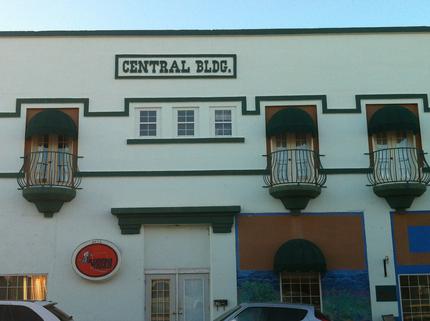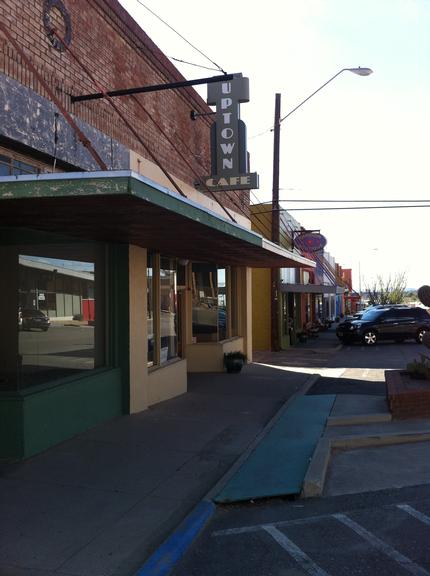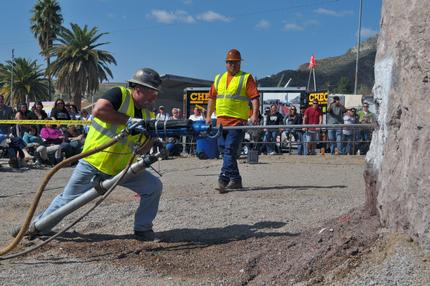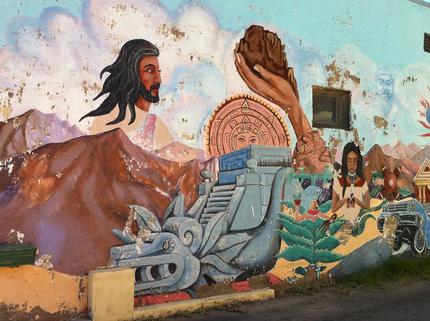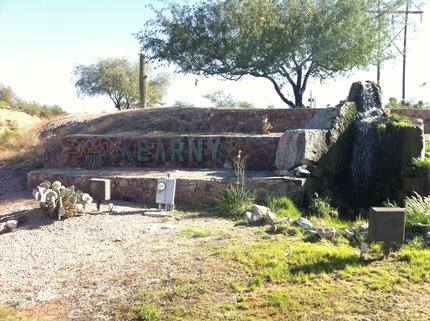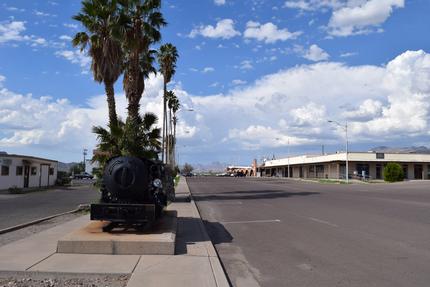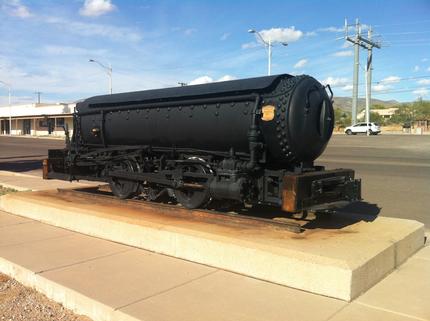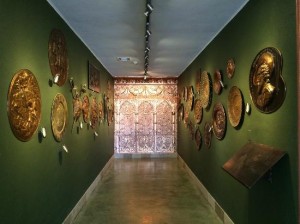Written by Gloria Ruiz
The Town of Winkelman is at an elevation of 2,034 and is located in the southern end of Gila County, at the confluence of the San Pedro and Gila Rivers. The history of Winkelman dates back to 1877 and 1878 when a large number of farmers migrated to the region. With the coming of the railroad, a post office was established in 1903 near the ranch of Peter Winkelman. Winkelman was incorporated in 1914. However, a few years later the Town dis-incorporated and reincorporated on June 6, 1949.
Much like other cities and towns in the corridor, most of Winkelman’s economic activity is still based on copper. The community serves primarily as a service center and residential area for families of employees associated with the mining and processing activities. The principal employer within the Town is the Hayden-Winkelman Unified School District.
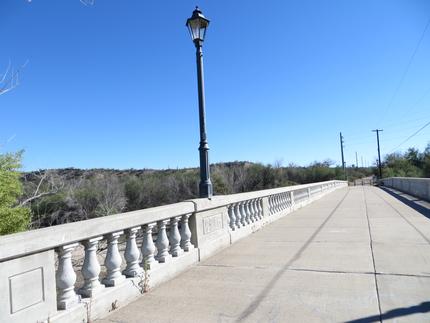
Winkelman Luten Arch Bridge
Arizona State Route Highways 77 and 177 provide excellent access to different parts of the state. Both highways route through Winkelman.
The San Carlos Apache Tribe has approved a second gaming site near the Aravaipa area of Arizona. The location is approximately seven miles southeast of Winkelman. This project will bring much needed economic benefits to the tribe and surrounding communities, including Winkelman, by providing 400 plus permanent jobs and millions of dollars of new revenue to the region.

Ore Cart at Roadside Park
Photo Courtesy of Town of Winkelman
The scenery around Winkelman is some of the most spectacular in the state and is part of the Old West Highway route. The mountain ranges provide the backdrop for the meandering Gila River and such landmarks as Saddleback and Mescal Mountain ranges.
At the gateway to Winkelman stands a roadside park featuring a 115 foot-long adobe wall. You can walk around, through or meet within it. The Wall tells the history of the Town by using bits of ranching and mining implements, as well as local geological samples. The Winkelman Historic Bridge was constructed in 1916 and is one of only two left in the country and is in the National Historic Registry.

Giorsetti Superior Grocery Store
Winkelman is also home to the Giorsetti Superior Grocery Store. The Giorsetti family has always operated this store since 1911. While shopping, you can see the old architecture style and meet the two generations of the family members who work there on a daily basis.
An added attraction to Winkelman is the Winkelman Flats Public Park, located adjacent to the Gila River. This park provides RV camping with all utility hook-ups, flushable restrooms with hot and cold showers, dry camping areas, swimming, tubing, canoeing and fishing. This park has a playground area for children, a softball field and a rodeo arena. A basketball court, designed by the Phoenix Suns, was obtained through grant funding.
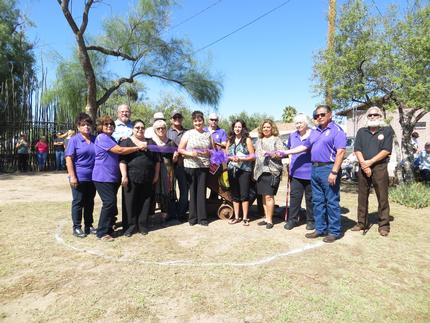
Ribbon Cutting at Roadside Park
Photo Courtesy of Town of Winkelman
Winkelman is a beautiful area to visit if you want to retreat from the city. You can meet many friendly residents and enjoy the infinite number of starts at night.

Gila River Valley from Luten Arch Bridge
